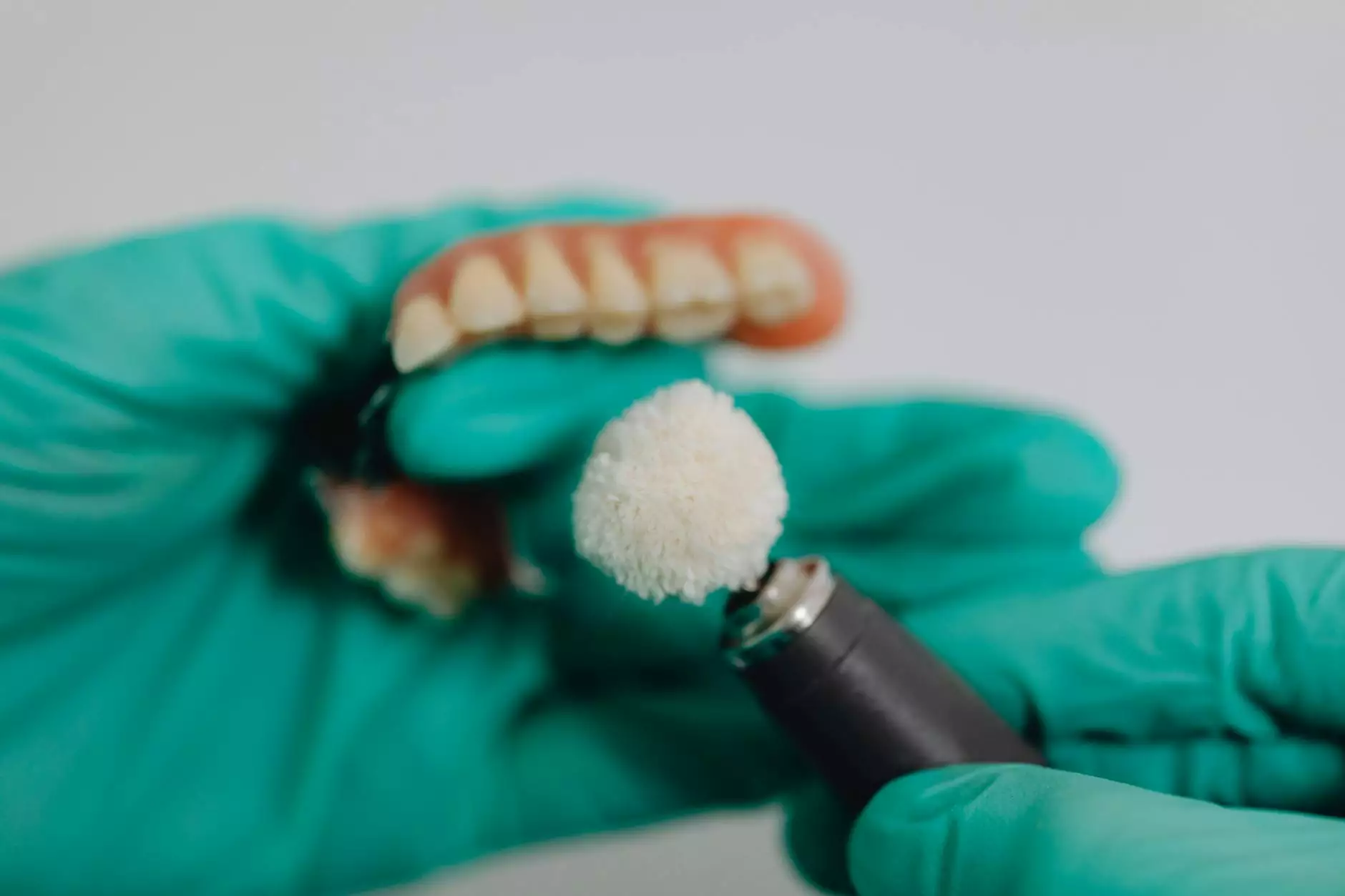Etchant for Stainless Steel 304: Enhancing Metal Fabrication Processes

In the world of metal fabrication, the use of precise techniques and high-quality materials is paramount. One of the critical elements in working with stainless steel, particularly Stainless Steel 304, is the application of an etchant. This article explores the role of etchants in the fabrication process, the advantages they offer, and how they contribute to superior end-products.
Understanding the Basics of Stainless Steel 304
Stainless Steel 304 is one of the most widely used austenitic stainless steels. It is composed of:
- 18% chromium
- 8% nickel
This combination not only enhances its durability but also makes it resistant to corrosion and oxidation. Its excellent formability and weldability make it a preferred choice for various applications, particularly in industries such as:
- Food and Beverage
- Pharmaceuticals
- Marine Applications
- Architectural Structures
The Importance of Etching in Metal Fabrication
Etching is a process where a chemical solution, commonly known as an etchant, is used to remove layers from the surface of a material. This is particularly significant in Stainless Steel 304 fabrication for numerous reasons:
1. Surface Preparation
Before welding or painting, the surface of Stainless Steel 304 must be adequately prepared. An etchant for stainless steel 304 effectively removes contaminants, such as:
- Oils
- Greases
- Oxides
By achieving a clean surface, the etching process enhances the adhesion of subsequent coatings and ensures a robust welding joint.
2. Improving Aesthetic Quality
Etching also plays a vital role in producing aesthetically pleasing finishes. The application of an etchant can:
- Enhance surface uniformity
- Create decorative patterns
- Improve light scattering properties
These improvements are essential, particularly in applications where the visual appeal of the product is crucial.
Types of Etchants for Stainless Steel 304
Various etchants can be employed for Stainless Steel 304, each serving different purposes depending on the required outcome. The popular types include:
1. Acid-Based Etchants
Acidic solutions, such as hydrochloric acid or sulfuric acid, are often used due to their effectiveness in removing oxides and scale. When using acid-based etchants, it is essential to:
- Control the concentration of the acid
- Monitor immersion time
- Implement safety precautions
2. Alkaline Etchants
Alkaline etchants, like sodium hydroxide, can also be used for etching Stainless Steel 304. These agents are effective in producing a smoother surface and are less aggressive than acidic counterparts, making them suitable for delicate applications.
3. Proprietary Etchant Solutions
Many manufacturers create proprietary etchant solutions specifically formulated for optimal performance. These etchants can offer advantages such as:
- Consistent results
- Reduced waste
- Improved safety profiles
Choosing the right etchant depends on the specific requirements of the project and the desired finish.
Application Process for Etchant on Stainless Steel 304
The application of etchant on Stainless Steel 304 involves a series of critical steps to ensure safety and efficacy:
Step 1: Preparation
Before initiating the etching process, it’s essential to prepare the work area. Ensure that:
- The workspace is well-ventilated
- Protective gear is worn (gloves, goggles, aprons)
Step 2: Surface Cleaning
Clean the Stainless Steel 304 surface using solvents to remove any residues or contaminants. This step is vital for achieving the best etching results.
Step 3: Etching Solution Application
Apply the etchant evenly across the surface. This can be accomplished through:
- Brushing
- Spraying
- Immersion
Step 4: Monitoring
Carefully monitor the etching process to avoid over-etching, which can damage the material. The ideal etching time will vary depending on the etchant's strength and the desired etching depth.
Step 5: Rinsing and Neutralization
Post-etching, thoroughly rinse the stainless steel with water to eliminate any residual etchant. Neutralizing agents may also be used to stop the chemical reaction.
Step 6: Drying and Finishing
Once rinsed, dry the stainless steel completely before proceeding to any further fabrication processes like welding or coating.
Benefits of Using Etchant for Stainless Steel 304
The use of etchants in the treatment of Stainless Steel 304 provides several distinct advantages, such as:
1. Enhanced Durability
Cleaning and preparing the surface with etchants significantly enhances the durability of Stainless Steel 304 products, resulting in longer-lasting applications.
2. Cost-Effectiveness
By improving adhesion and surface quality, etching reduces the need for unnecessary repairs or rework, which can translate to lower overall operational costs.
3. Versatility
Etchants can be tailored to meet the specific needs of diverse industries, making them a versatile tool in the metal fabricator's arsenal.
4. Increased Value
Products treated with proper etching techniques often fetch a higher market value due to enhanced appearance and quality, making it a worthwhile investment for manufacturers.
Best Practices for Etching Stainless Steel 304
To achieve the best results when using an etchant for Stainless Steel 304, consider implementing the following best practices:
- Conduct experiments to determine the optimal etching solutions and conditions for your specific application.
- Document processes to establish a standard operating procedure (SOP) that ensures consistency and quality.
- Stay updated on industry standards and innovations in etching technology to leverage new techniques and products.
- Invest in training for staff who handle etching processes to minimize risks and maximize quality.
Conclusion
In summary, the use of an etchant for stainless steel 304 is essential for enhancing the quality and durability of welded and fabricated products. By implementing effective etching techniques, businesses can improve surface conditions, achieve superior aesthetic qualities, and ultimately provide added value to their offerings. Whether you are in the food industry, pharmaceuticals, or any of the numerous sectors that benefit from Stainless Steel 304, understanding and utilizing proper etching methods will elevate your manufacturing process to new heights.
For businesses looking to improve their etching processes, collaborating with professional metal fabricators like Goldecosteel ensures high-quality results and enhances overall production efficiency.









